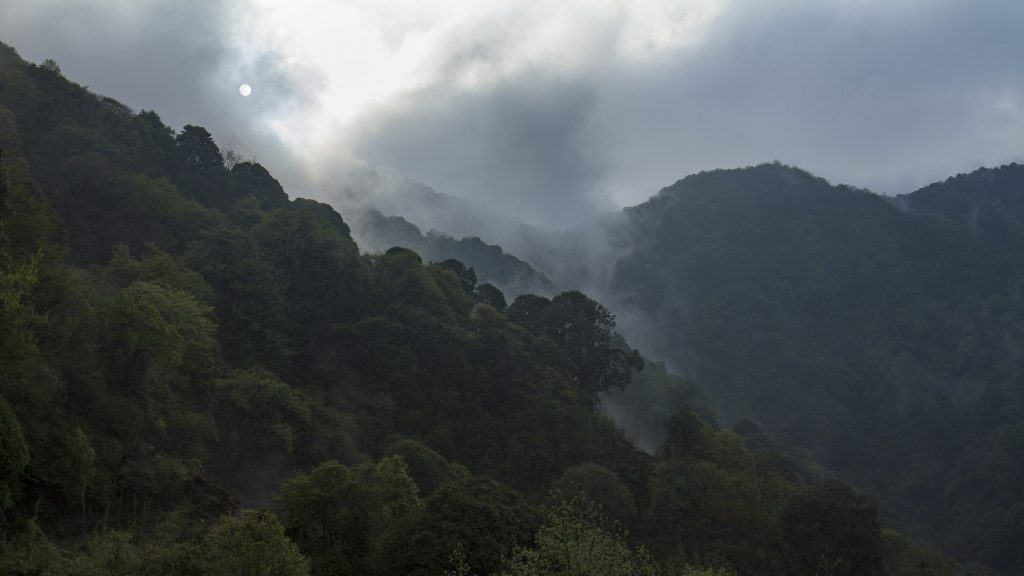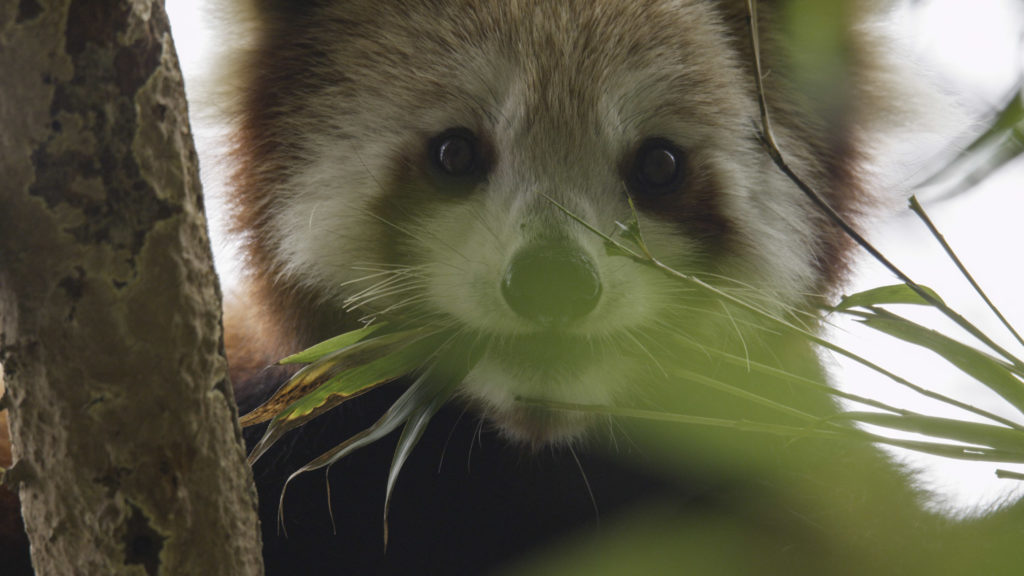Red Panda Network is establishing the world’s first protected area dedicated to red pandas: the Panchthar-Ilam-Taplejung (PIT) Red Panda Protected Forest in eastern Nepal. We’re working with local community forest groups to have this area declared a protected forest, which under Nepalese law can be done by any community forest group. This protected forest will also be the largest in Nepal and the first to be managed by a network of community forests, allowing the people who use the forest to retain decision-making power even as they protect the forest. This territory will provide a safe environment for over 100 individual red pandas, believed to be about a fourth of Nepal’s total red panda population.

Photo taken by Axel Gebauer in the PIT Red Panda Protected Forest
The PIT corridor in eastern Nepal is part of the Kangchenjunga Singhalila Complex (KSC), which provides connectivity between protected areas in India and Nepal. The broader region is one of the most biologically-diverse areas in the world and has been recognized as an important area for global biodiversity conservation by a number of leading international conservation organizations. Establishing the PIT Red Panda Protected Forest will connect the tri-national Kangchenjunga Conservation Area, which already joins protected areas in India, Nepal, and China, with India’s Barsey Rhododendron Garden and Singhalila National Park, creating an uninterrupted stretch of protected land extending for 11,500 square kilometers—almost four times the size of Rhode Island! “Uninterrupted” is key here; any protected area helps conservation, but when these areas are contiguous, it means the animals have more room to wander safely in—after all, they don’t know where the protected area stops and the unprotected land begins. The more connected the space they move in is, the more likely they are to be able to roam, feed, mate, and raise young undisturbed.
This area, as rich in natural beauty as it is in biodiversity, is critical not only to the red panda but also to many other threatened species who share habitat with red pandas including clouded leopards, Himalayan black bears, and hundreds of bird species. This is where the red panda’s status as an “umbrella species” can do some real good, because when red panda conservation initiatives protect natural red panda habitat, the animals and plants who share that habitat benefit from the protection too. Red pandas can’t survive without a healthy ecosystem to be part of, but anything that helps them will also help their neighbors in the forest.
 Photo taken by Axel Gebauer in the PIT Red Panda Protected Forest
Photo taken by Axel Gebauer in the PIT Red Panda Protected Forest
This forest is threatened, like the rest of the world, by climate change; more local concerns include poaching of red pandas for their hides and the illicit pet trade, occasional killing of red pandas by farmers who mistake them for livestock predators, dogs (domestic and free-ranging), and the conversion of forest habitat into farming, grazing and settlement land. RPN is active in helping train local people to spot evidence of poaching activity and report it to the correct authorities; informational programs put into place by RPN emphasize that the red panda is not a livestock predator, and that its survival both keeps the forest healthy and can provide income in the form of ecotourism. Additionally, RPN is working to help residents of the areas adjacent to the protected forest find ways to generate income that don’t involve converting new land, including becoming ecotourism hosts and raising medicinal and aromatic plants for sale. No conservation strategy can be successful without considering and including the people affected, and empowerment of local people in pursuit of common conservation goals is key to RPN’s mission.
Thank you for reading!
Chris Turner-Neal
Writing and Communications Volunteer
Red Panda Network
